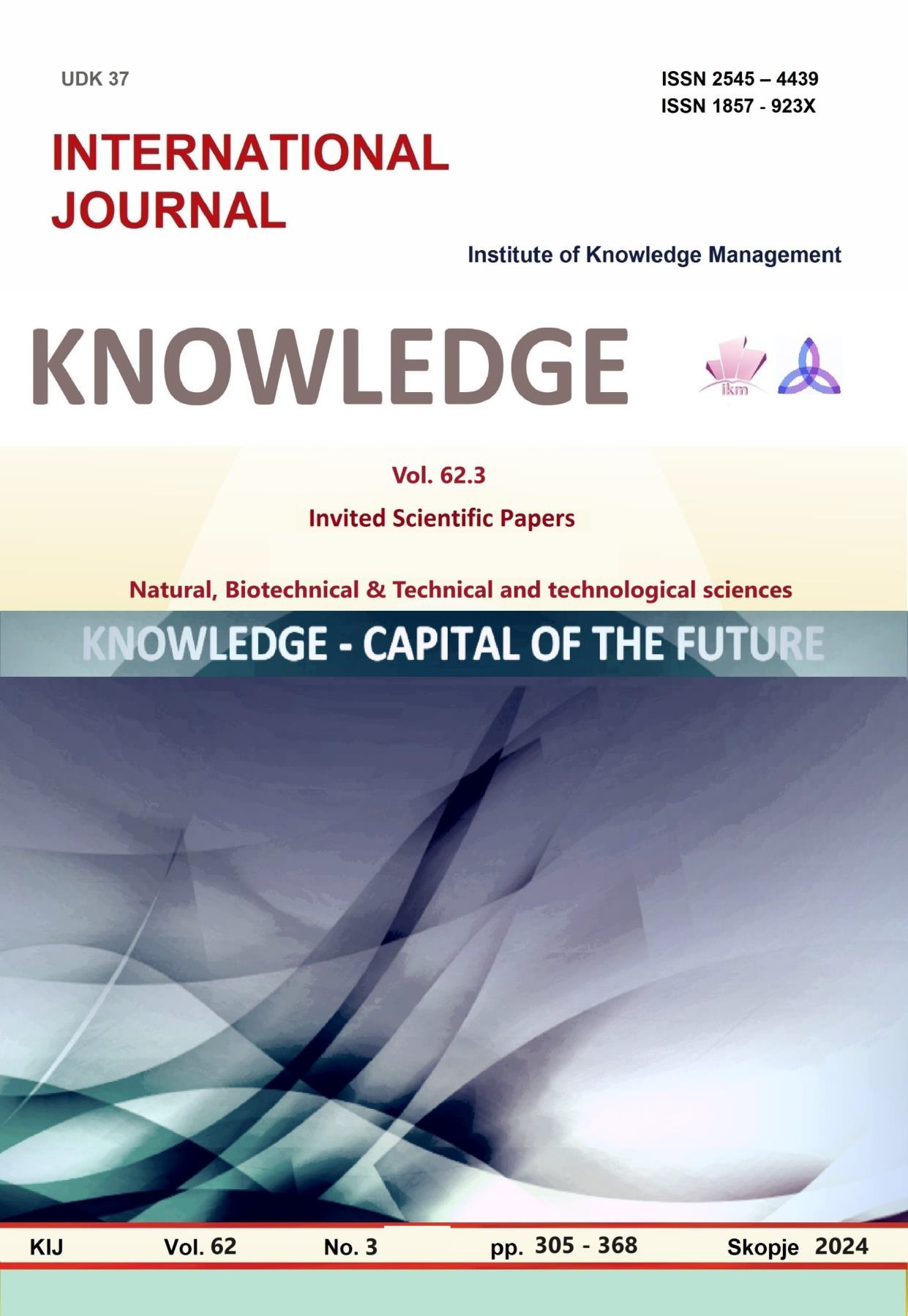METHODS OF REFINING UV PRINTING ON REGULAR- AND IRREGULAR-SHAPED OBJECTS USING TEMPLATES AND MATRICES
METHODS OF REFINING UV PRINTING ON REGULAR- AND IRREGULAR-SHAPED OBJECTS USING TEMPLATES AND MATRICES
Author(s): Mariela Todorova, Tihomir Dovramadjiev, Darina DobrevaSubject(s): Social Sciences, ICT Information and Communications Technologies
Published by: Scientific Institute of Management and Knowledge
Keywords: UV printing;manufacturing process;application of templates
Summary/Abstract: UV printing is a technology for printing full-color images on flat surfaces. It is widely applicable to various materials, including wood, leather, plastic, silicone, metal, and others. The technology enables exceptionally detailed and high-quality printing. One of the key advantages of UV printing is its ability to be applied to a wide range of materials, making it exceptionally versatile. When it comes to printing on flat surfaces, this technology provides great freedom and flexibility in the manufacturing process. The maximum printing area that the machine can cover depends on the specific model and technical specifications, allowing for adaptation to different projects and requirements. One of the key aspects discussed in this article is the method of precision in printing on the object. The use of templates and minimizing deviations during positioning are crucial for achieving high accuracy in printing. Attention to detail and minimizing deviations play a crucial role in ensuring a quality and professional appearance of printed products. The article highlights the possibility of optimizing the manufacturing process through the application of templates and matrices. This approach can significantly increase work efficiency by allowing the simultaneous printing of multiple objects on the same plane with identical print positions. Such a method leads to increased profitability in mass production and underscores the flexibility and innovations that UV printing offers in the field of printing technologies. UV printing technology offers a wide range of applications across various industries. One of the primary areas of application is in advertising and marketing, where it can be used to create full-color advertising materials on different surfaces. In the manufacturing sector, UV printing is applied to personalize products. For example, it can be used for printing on wooden or metal items, leather accessories, plastic parts, and other products. This personalization contributes to increasing the value of products and enhancing the consumer experience. These are just some of the areas where UV printing technology can be successfully applied. With the development of technologies and the search for new creative uses, the possibilities for application continue to expand. The research support understanding of printing industry, showing practical experience that can enhance operational efficiency and product quality. By delving into the precision aspects of UV printing through the utilization of templates and matrices, the study provides a gain knowledge for stakeholders to optimize their manufacturing processes. Stakeholders, including manufacturers and printers, stand to benefit from increased work efficiency and reduced production costs, particularly in mass production scenarios where simultaneous printing on multiple objects with identical positions becomes feasible. The research underscores the adaptability of UV printing technology to diverse materials, reinforcing its applicability in various industries such as advertising, marketing, and personalized product manufacturing. As a result, stakeholders can leverage this experience to enhance the quality of their printed products, increase profitability through streamlined processes.
Journal: Knowledge - International Journal
- Issue Year: 62/2024
- Issue No: 3
- Page Range: 345-351
- Page Count: 7
- Language: English

